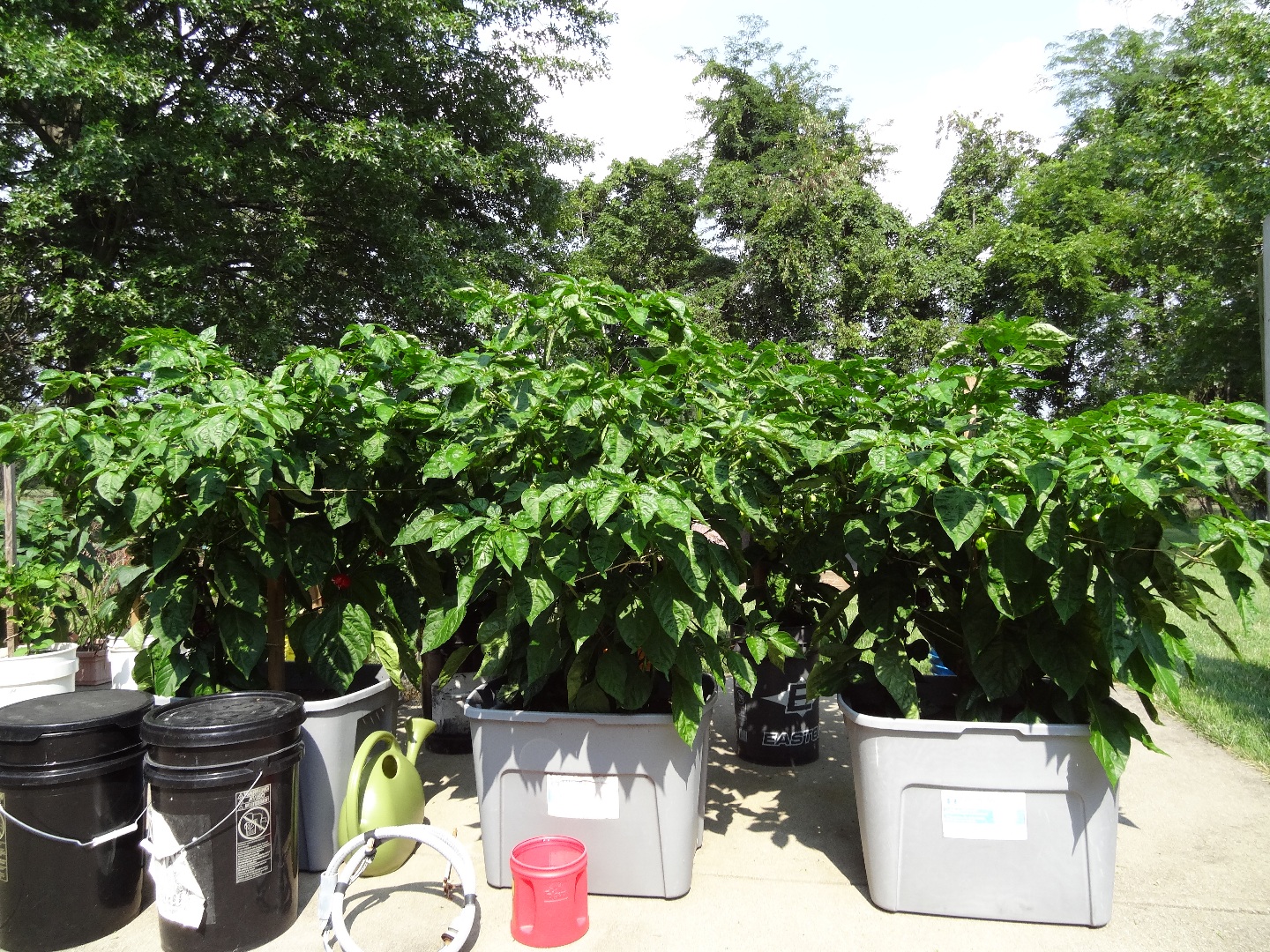AlabamaJack
Extreme Member
lol...yeah, I reckon...I don't suppose you can teach an old dog new tricks....I am gonna stay just where I am with my grow....good luck to you...
Noah Yates said:
Have you ever used an air-pot? lol
The whole concept behind an air-pot is that it does dry out. Most plants like to have their roots alternatingly soaked and dried out. This is why when planting in the ground it is best to make a raised bed or mound--- So that the roots are able to dry out between waterings.... this is extremely important for ideal metabolic activity in many plants.
Noah Yates said:
Given the same environmental and soil conditions, I would wager that an experiment involving two clones of the same plant--- one in a 30 gallon air-pot and the other in a standard 30 gallon plastic planter with holes in the bottom--- would yield data confirming the benefit of air-pot technology. The air-pot would out-grow the solid planter every time. You may have to provide more water to the air-pot, but the actual plant will be more robust, healthy, and vigorous than its counter-part.

This is an interesting topic.Dave2000 said:^ We will just have to be content with disagreeing, but then I don't agree that a smaller pot will cause more pods or faster pods
